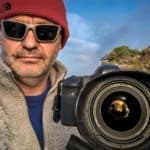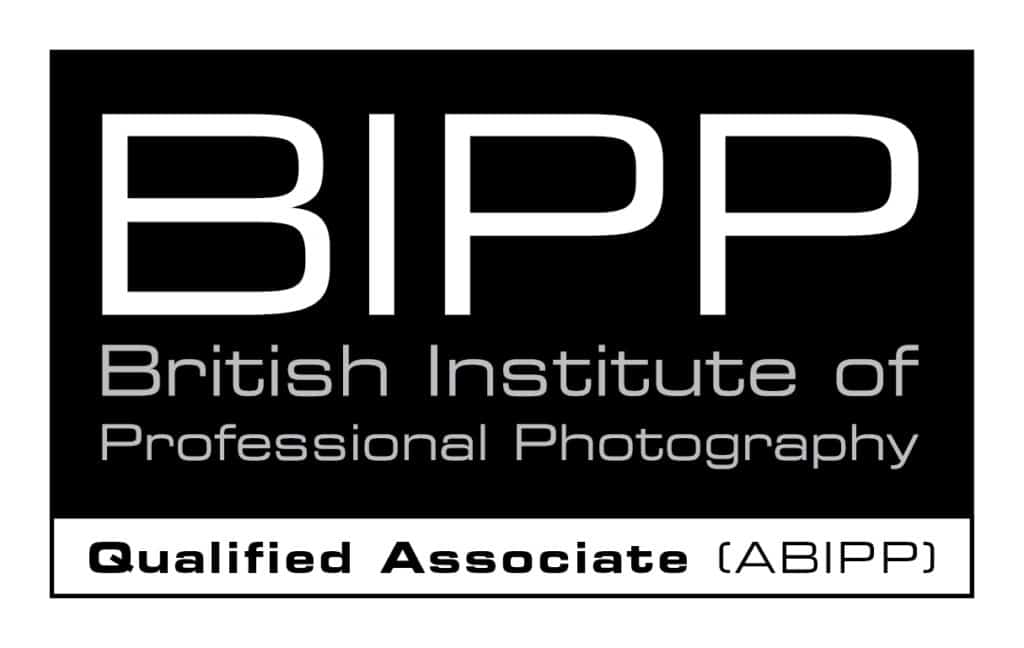Having covered aperture and shutter speed it makes perfect sense for me to explore ISO and real estate photography, which I will do right here. And don’t worry I will keep this simple for all our sakes – this is a simple answer, if to a complicated question.
The best ISO for real estate photography is the lowest base ISO that your camera has, typically in the ISO100 to 400 range. The lowest base ISO will give you the highest quality images. Higher ISO settings should only be used when needed to get a fast enough shutter speed to avoid camera shake, and then you should use the lowest ISO that you can get sharp photos with.
Right then, that is that. Nice and simple. If only…..
First – what is ISO in photography?
ISO is the measure of a cameras sensitivity to light. The ISO scale is a logical one, which makes a change in photography. In my opinion, the lower the ISO the higher the quality of images that you will capture.
And that is why I use the lowest base ISO on my Canon 6D whenever I can, which is ISO100.
Now I have to say that ISO is a complicated subject, so I am sticking to the answer to the question “what is the best ISO for real estate photography”. There are lots of other things that I could write about, but this is not an in depth article on ISO, just me answering a question to help you and me.
What does ISO stand for in photography?
Don’t worry about it seriously. It will not help us with our photography. And that is five minutes of your life that you owe me for sparing you that ha!
What does ISO 100 mean?
I use ISO 100. And this is why. There is an ISO scale – this is it.
ISO100, 200, 400, 800, 1600, 3200, 6400 etc.
Rick Mcevoy
With the ISO scale, each step is a doubling or halving of the sensitivity of the camera sensor to light. And you can change the ISO on most cameras.
But what do these numbers mean?
If you go from ISO 100 to ISO 200, you are doubling the sensitivity of the camera sensor to light. To compensate for this you would need to use a faster shutter speed, halving the amount of light getting through the shutter, or a smaller aperture, reducing the amount of light getting through the lens.
In general terms the lower the ISO the higher the quality of a photo. And the higher the ISO the lower the quality of a photo by the introduction of noise, which is a digital thing that makes photos taken with a high ISO look rubbish. And at higher ISOs other digital nasties appear.
More on the aperture, shutter and ISO in the next post, where I write about making the best of the exposure triangle in real estate photography.
See this is good stuff isn’t it?
What is base ISO?
Base ISO is the lowest native ISO setting, where the camera is not doing extra stuff to the sensor. You can extend the ISO range on cameras these days using all sorts of electronic cleverness, but I prefer to keep it nice and simple by sticking to the lowest base ISO.
What happens when you use a higher ISO?
Well if you go from ISO 200 to 400, 800, 1600 – it depends on your camera really, but push the ISO and at some point something bad happens.
What happens when you use a lower ISO?
On my Canon 6D I can go down to ISO50, but when I do this the photos look dim at the lower light levels. Plus the fact I don’t need to.
Learn this stuff with your camera
Take photos across the ISO scale from 100 to whatever you want – I suggest you go as high as you can. Take the same photo with every ISO but with the correct exposure of course. And once you have done this put them into whatever software you have, and study each photo at 100% magnification. You will see where the problems start with your camera.
This will tell you all you need to know.
And to do this properly make sure that there are some darks in the photo.
Noise vs blur
Given a choice of a noisy photo or a blurry photo go with a noisy photo. As in, use the highest ISO you need to get a sharp photo and not a blurry photo. But if you can use a tripod and use a lower ISO do that. And if you can get the photo that you want with a larger aperture do that.
As long as you are not creating a digital snowstorm noise in photos can, to a degree be corrected, or reduced. But once you have taken a blurry photo you will always have a blurry photo and there is nothing you can do about that.
And let’s not forget that you can get away with an amount of noise, and that most people don’t know what noise is.
But everyone knows what a blurry photo is.
rick mcevoy
So use the lowest ISO that you can to get sharp photos.
What do I do?
I use ISO100 for every photo. And I take every photo on a tripod if I can. If I can’t then I shoot handheld. And if I can get a sharp photo with ISO 100 then that is me done.
But, if I cannot get a sharp photo with ISO100 I will increase the ISO until I can get a sharp photo.
Handheld
Handheld, keep your shutter speed above 1/125th second if you can using the aperture, shutter and ISO. 1/60th is ok. For more on this check out last week’s post, What Is The Best Shutter Speed For Real Estate Photography?
Tripods and other stuff
I use a tripod whenever I can to get the sharpest images I can, but sometime there just isn’t enough room to fit me and my big head looking into the viewfinder into a tight space.
And that is where things like mini tripods come in – there is more than one way around a problem. If you can put your camera on say a mini tripod on a table, and push it to the back of a table to get the shot you need, then the ISO problem goes away.
Summary
Like I said, ISO is a complicated subject, and I have restricted myself to the answer to the question in this post.
What you need to remember is this – the lower the ISO that you can use and get a tack sharp photo the better. It really is that simple.
Related reading
There is lots of related stuff on my website, but the best place to go for my real estate photography stuff is my, erm, Real Estate Photography page.
And the last two posts of courses which are totally related.
What Is The Best F Stop (Aperture) For Real Estate Photography?
What Is The Best Shutter Speed For Real Estate Photography?
Related viewing
Yes, related viewing. Head over to my You Tube Channel and you can watch my video about this blog post.
See all good stuff to help you and me!
Thanks for reading this post, any questions get in touch. Cheers from me Rick




